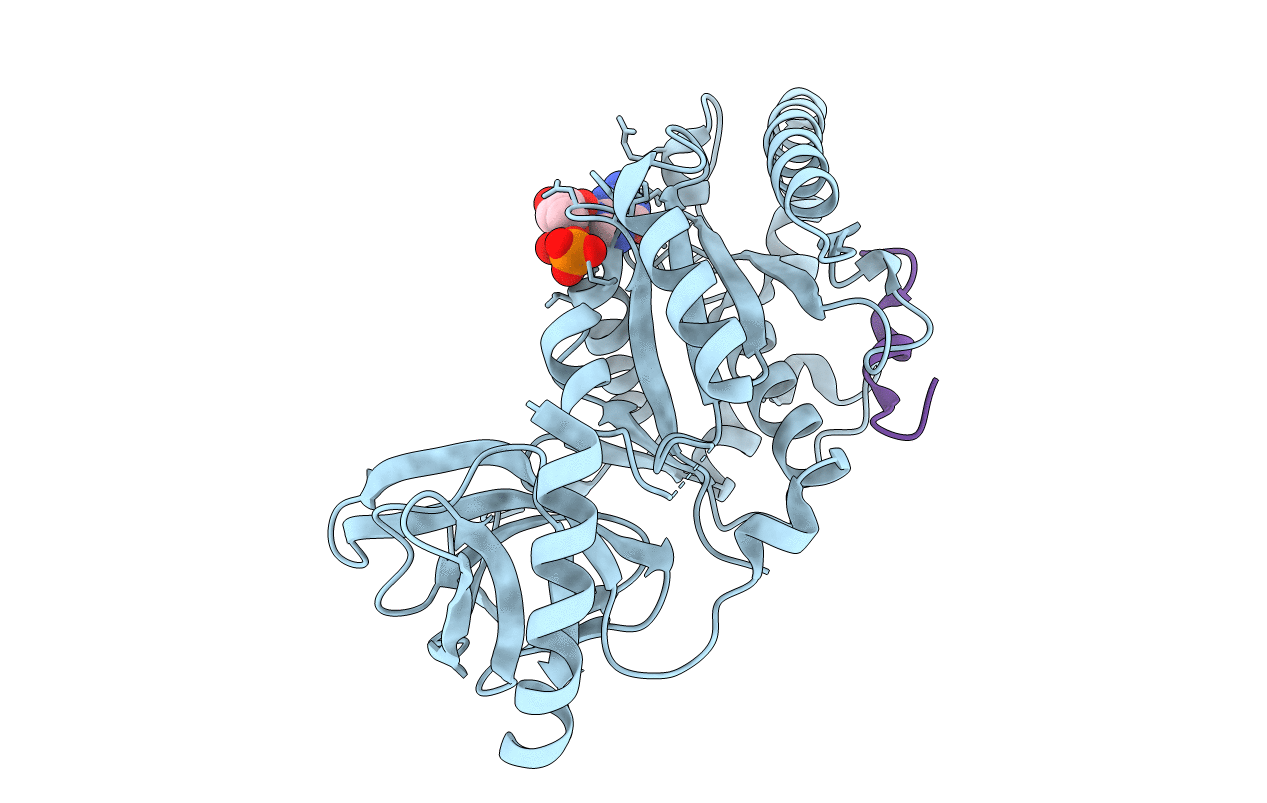
Deposition Date
2017-11-16
Release Date
2018-06-27
Last Version Date
2024-03-27
Entry Detail
PDB ID:
5YT0
Keywords:
Title:
Crystal structure of the complex of archaeal ribosomal stalk protein aP1 and archaeal translation initiation factor aIF5B
Biological Source:
Source Organism:
Aeropyrum pernix K1 (Taxon ID: 272557)
Host Organism:
Method Details:
Experimental Method:
Resolution:
1.89 Å
R-Value Free:
0.21
R-Value Work:
0.17
R-Value Observed:
0.17
Space Group:
P 21 21 21


